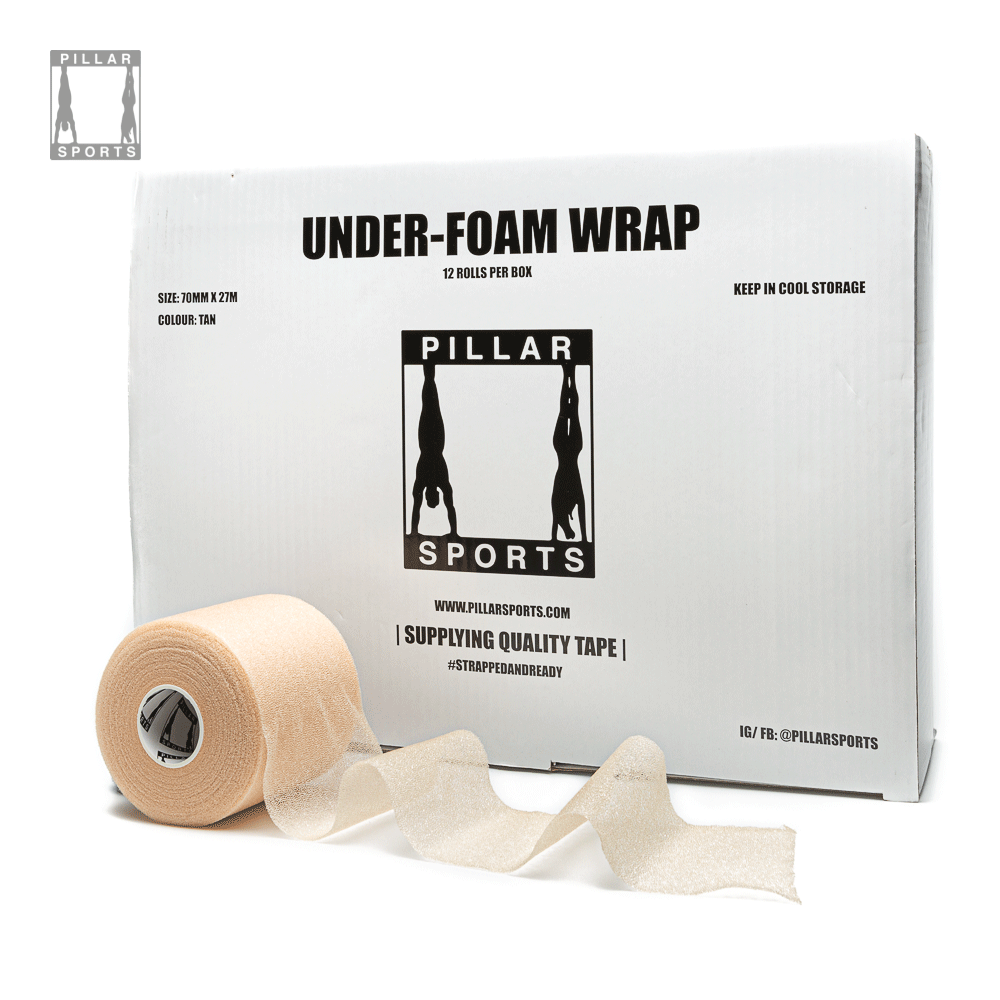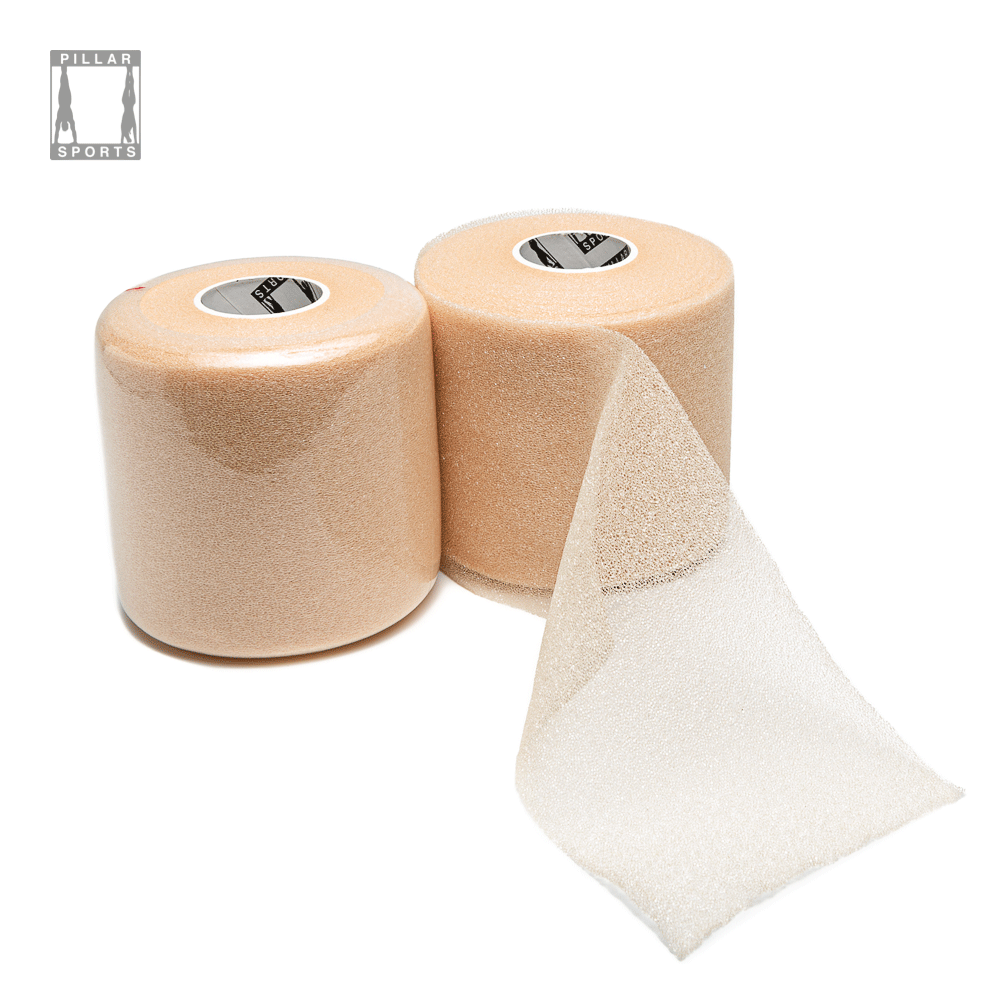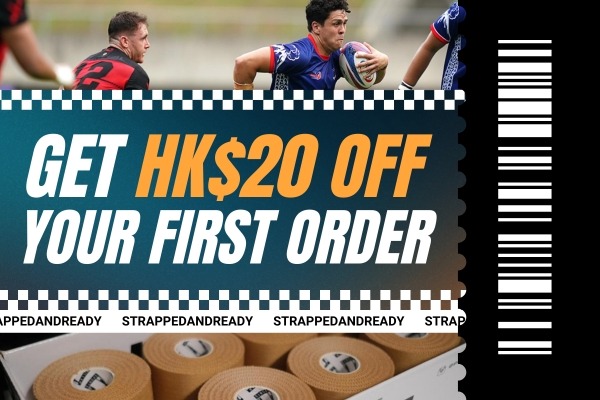
New here? Get HK$20 OFF your first order – min spend HK$300
Please be very aware that this information is neither intended nor implied to be a substitute for professional medical advice. Always seek the advice of your doctor or other qualified health professional before starting any new treatment or with any questions you may have regarding a medical condition.
Last updated on: December 2, 2025
Avoiding these common ankle taping mistakes keeps your joint stable, your skin healthy, and your season on track. Tape with precision, replace often, and follow a proven method—your ankles will thank you.
Even the highest-grade sports tape won’t perform if applied incorrectly. Small errors like uneven tension or leaving tape on for days can reduce ankle taping stability, leading to poor support, skin irritation, or an avoidable sprain spiral.
This guide breaks down the most common ankle taping mistakes athletes make, explains how to fix them, and links to a full step-by-step tutorial so you can tape with confidence.
Need the full technique first? Read our detailed guide: How to Sports Tape an Ankle.
Pull the tape too tight and circulation becomes restricted; go too loose and the wrap slides the moment you accelerate. Getting this balance right is the foundation of ankle taping for stability. The goal is firm, even pressure that supports movement without cutting off blood flow.
A quick check: press a toenail until it blanches. Colour should return in under two seconds. If not, re-wrap with lighter, more even tension.
Fix:
For athletes looking for more structure or comparing support options, here’s a detailed breakdown of when to use sports tape for ankle stability and how it stacks up against braces.

Moisture, body hair, and lotions stop adhesive from bonding and cause friction. That’s why many athletes complain of a blister after taping.
Fix:


Wondering how long to leave sports tape on ankle? A rigid athletic wrap is designed for a single session. Kinesiology tape can last up to 2-3 days, but only if the skin stays dry and irritation-free.
Fix:
Missing the initial and final anchors causes tape to unravel. Over-lapping less than one-half width leaves gaps; more than two-thirds wastes tape and adds bulk.
Fix:
Once adhesive meets sweat and turf-grime, its integrity is gone. Stretching old rolls to “make them last” weakens fibres and leads to snap-offs mid-game.
Fix:
| Step | Key Checkpoint | Why It Matters |
|---|---|---|
| Skin prep | Clean, dry, hair trimmed | Prevents slips and blisters |
| Tension | Capillary refill ≤ 2 s | Ensures circulation and support |
| Overlap | 50 % each pass | Even compression, no gaps |
| Duration | Rigid: session-only Kinesiology tape: 2–3 days max | Avoid skin breakdown |
| Removal | Slow peel toward the foot | Protects skin integrity |
For additional clinical guidelines, the National Athletic Trainers’ Association outlines evidence-based protocols for ankle injury prevention.
Pick up pro-grade rigid tape, EAB, and hypoallergenic under-wrap at one source.
Order today for fast dispatch and athlete-tested reliability. We offer delivery to Hong Kong and Singapore!
For more in-depth clinical guidelines, the National Athletic Trainers’ Association outlines evidence-based practices for taping and managing ankle sprains. Their recommendations support many of the same fundamentals shared here—like proper tension, skin prep, and the importance of replacing tape regularly.

Grab HK$20 OFF your first order of performance-tested tape & gear.
*when you spend HK$300 or more.*
Join 1,000+ athletes already training with Pillar Sports tape.
No spam. Unsubscribe anytime.